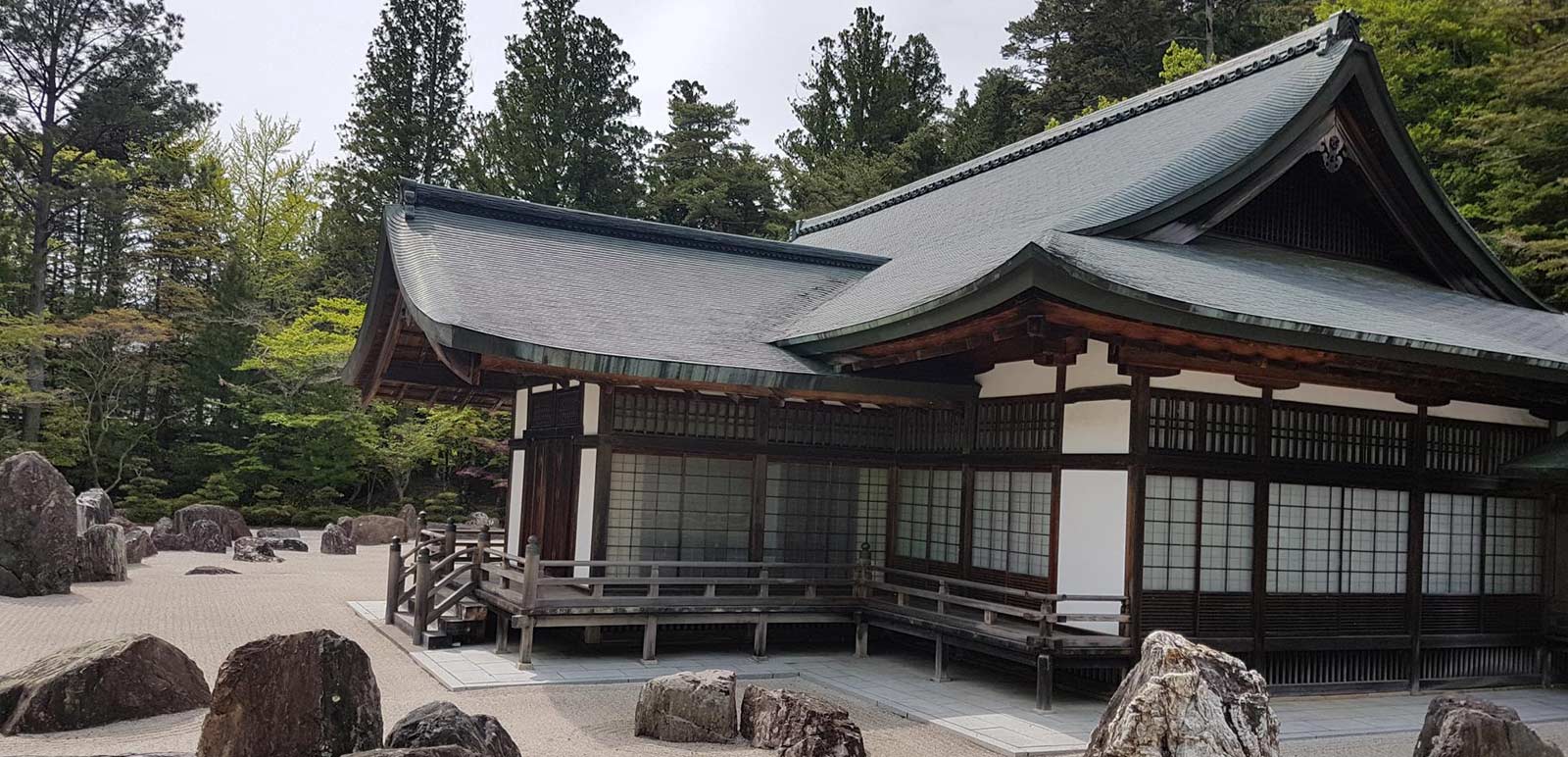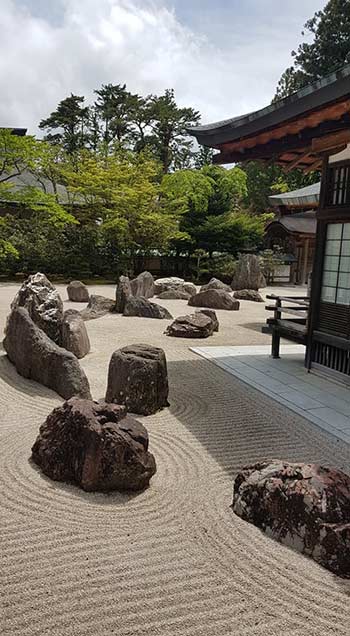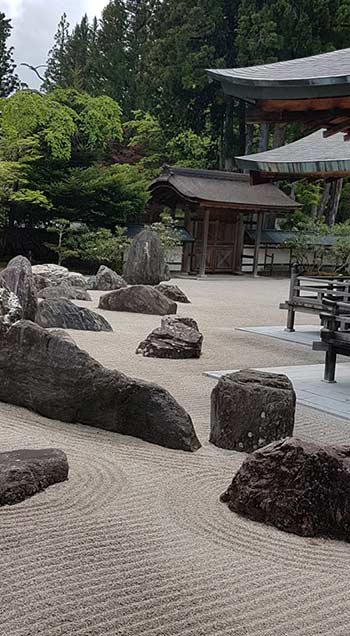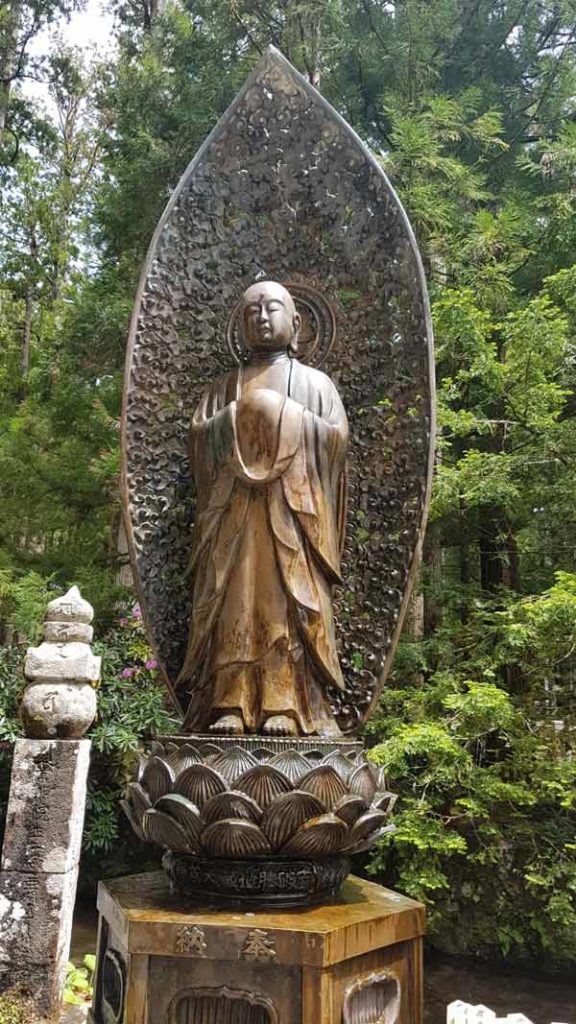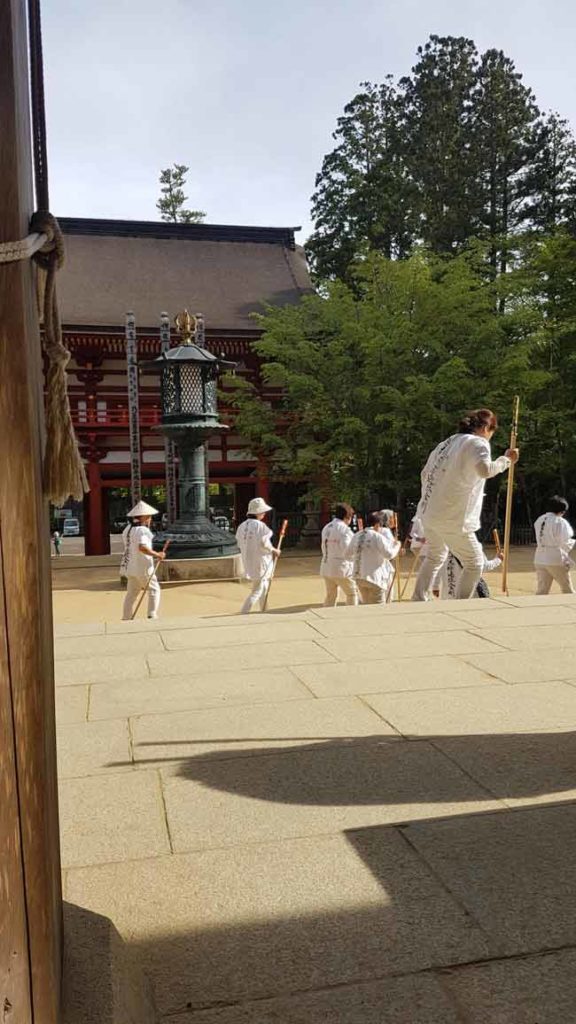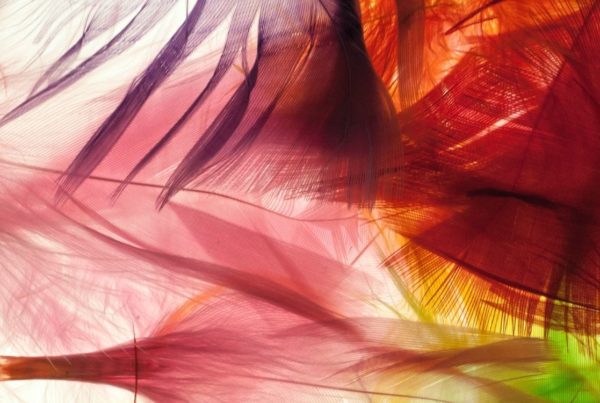Koyasan Shingon-shu Buddhism Headquarters Temple – Mount Koya, Wakayama Prefecture.
My first-hand experience of temple life – vegetarian food, futons on hard floors, attending early morning service. All part of a 2-night stay at Sekishoin Buddhist Monastery in Koyasan on my recent trip to Japan. Just being amongst these dedicated Buddhist Monks was positively joyful and from a spiritual point of view I loved their togetherness and sense of fun. This experience wasn’t about lack – their food was delicious and their laughter contagious.
Japan is rich in so many ways, especially its culture and spirituality. Buddhism and the indigenous faith Shintoism have for centuries stood hand in hand as the major religions in Japan. The history and symbolism of this partnership is evident in the many temple complexes. As is the Japanese people’s approach to life its always inclusive and embraces preciseness. Artisans in every detail, stylish to the core, I just loved the attention to detail as it is so insightful of who they are.
Mount Koya in Koyasan is the Sacred Centre for Shingon Buddhism. Situated deep in the mountains this Monastic complex was established by Kobo Daishi in 816. Daishi was divinely led to build this Mausoleum Teaching Centre in order to embed Shingon Buddhism in Japan – and today remains the major Buddhist school worldwide. Mount Koya is surrounded by eight peaks and said to represent the eight petals of the Lotus Flower, within the inner central Mandala the 8 deities are positioned for spiritual correctness. While in turn the Buddha is embedded as the spiritual heart of Koyasan
The surrounding Temple garden area is the largest rock garden in Japan (2349 square meters). It represents a pair of Dragons emerging from the sea of cloud to protect the Okuden Temple. The Dragons are made of 140 pieces of granite surrounded with white groomed meticulously raked sand, the timeless symbolism grounding the art form as if a prayer.
Koyasan’s picturesque environment is a major tourist destination in Spring and Autumn. The temples are a drawcard for all spiritual denominations. Countless number of Kumano Kodo Pilgrims walkers pass thru the temples sticks in hand and traditional bamboo Amigasa hats on hand. For the Japanese, a Spiritual Pilgrimage journeys is recognised as a lifetime achievement and one that they embrace with diligence and vigour. Even more inclusive, all the Monasteries open their Temples for Pilgrim accommodation and meals, a welcome relaxing place to recovery after a long day walk.


